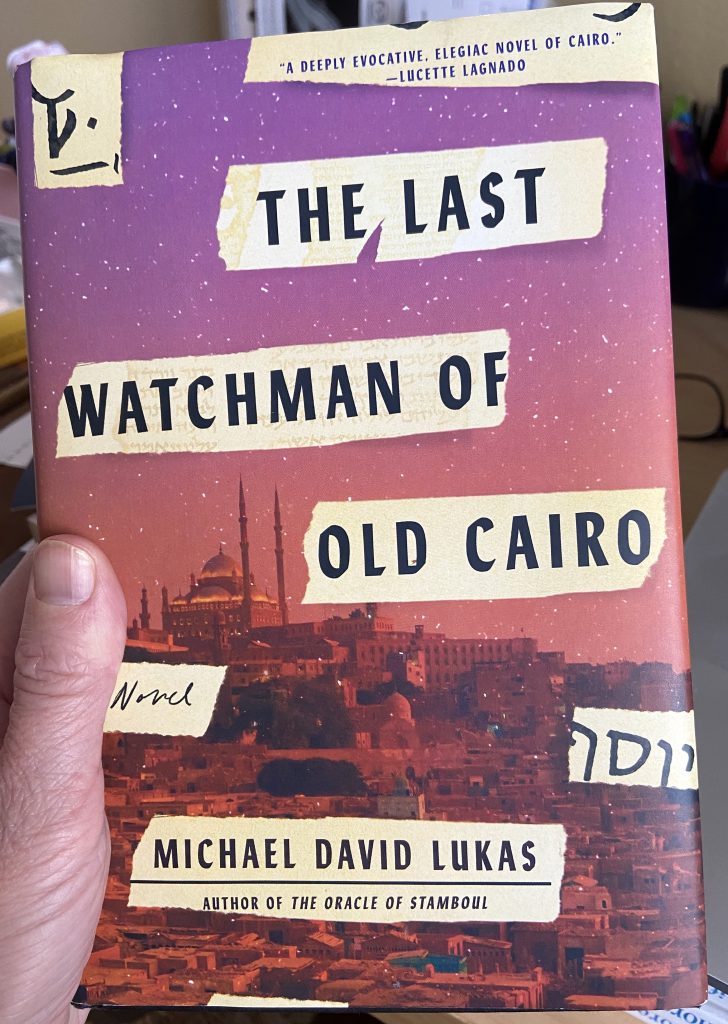The Silence of the Girls is a retelling of The Iliad, from Brisies’ point of view. Who is Brisies?, I can hear you asking. She is a teenaged girl, a slave who used to be the queen of a small Trojan town up the coast from Troy (she was already married), but who was captured when the Greeks raided and destroyed it. She was Achilles’ prize.
The main action for The Iliad comes when Agamemnon has to give up his prize slavegirl to her priest father, and so he decides to take Brisies from Achilles. Achilles throws a temper tantrum and refuses to fight, and events continue from there. (Mostly this person killing that person who goes on to kill this other person.) But Brisies, in the original, doesn’t have even a line of dialog. She’s the macguffin that sets the action going. She might as well be a shield.
It’s offensive, quite frankly. So Pat Barker sets out to tell the story from Brisies’ point of view – the point of view of the slavewomen. You get who belongs to whom, which women get along with each other, and there are glimpses of Brisies’ life before her capture. But the story is still largely Achilles’, just told through someone else’s eyes.
Lavinia (Aeneis’ wife – a partial retelling of The Aeneid from her perspective instead of the male hero’s) gets around this by lopping off a bunch of the original poem that she wouldn’t have known about (Dido isn’t mentioned), and it gives her a rich life before Aeneis shows up and shows how she lives after he dies. It’s her story, not his. The Silence of the Girls doesn’t show much of Brisies’ life outside the Greek camp, just enough to give you some context about who she is.
What it does do is take the shine off the Greeks and their camp. It shows you that these are a bunch of entitled rich guys playing with other people’s lives. Brisies is powerless. All of the women are powerless. They are people with inner lives and wants and needs and desires and all of that just goes out the window in the original. Brisies shows us the grossness of a camp that’s been lived in for ten years by dudes who are not good about keeping themselves or their quarters particularly clean. There are dead rats and body odor and everyone is sleeping outside and there are giant trash heaps along the beach. It’s gross and awful and no one who has a big part in the Iliad is shiny or deserves respect. Brisies herself is just getting along and trying to make her life going forward a little bit better.
The Silence of the Girls doesn’t entirely succeed in making this Brisies’ story. The action and the plot are still Achilles’. But she becomes more than a macguffin; the characters and the setting are hers. And while The Iliad deals with anger, The Silence of the Girls deals with the grind of survival. It’s like getting an additional take on something you already know, something that lends complexity to a story fundamental to Western culture. And that’s worth your time.








